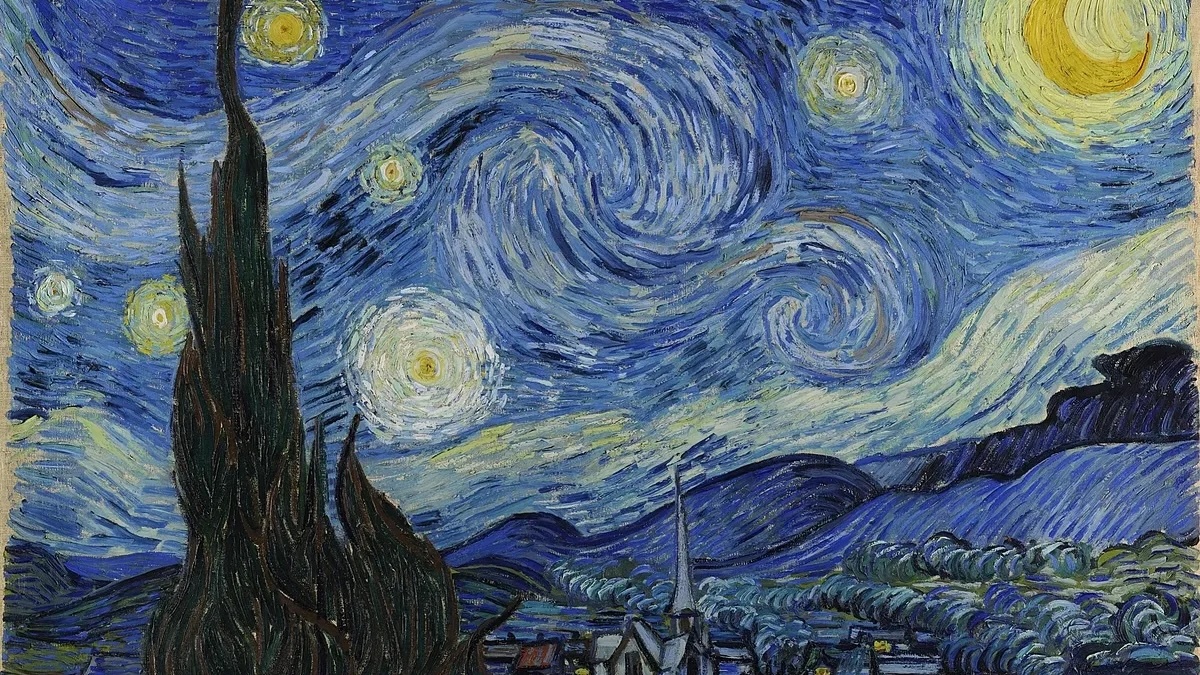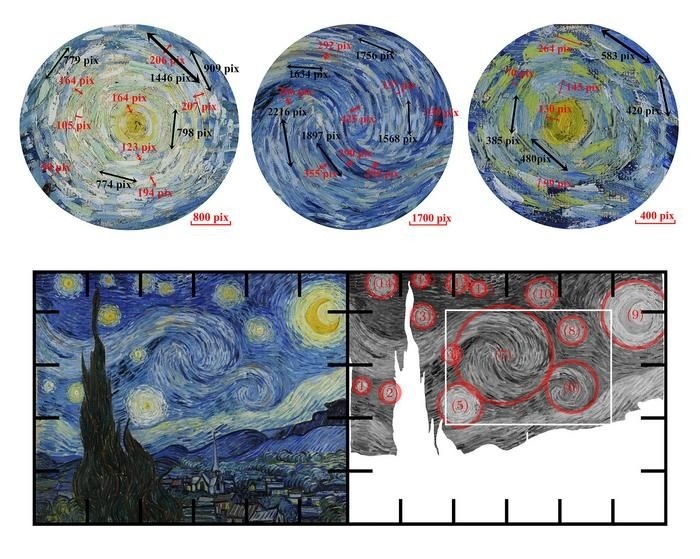1.10.2024
The artist displays an uncanny understanding of Kolmogorov’s law.

Van gogh's Starry Night painting. (Image credit: Vincent van Gogh)
Vincent van Gogh's "The Starry Night" is undoubtedly one of the most famous paintings in the world, instantly recognizable for its vibrant colors and dramatic brushstrokes that create what appears to be a sky in motion. But did you know that its night sky depiction actually follows the real laws of physics?
While the scene does take liberty in terms of what our eyes witness in the sky — we don't necessarily see eddies dancing between the stars — scientists have determined those eddies indeed adhere to the laws of turbulent flow. It particularly aligns with Kolmogorov's law, a theory of turbulence that predicts atmospheric movement and scale based on inertial energy.
Furthermore, the painting also exhibits what's known as "Batchelor's scaling," in reference to "energy laws in small-scale, passive scalar turbulence following atmospheric movement," according to a statement. This specifically shows up in the "diffusion process of pigment particles in the oil," Yongxiang Huang, co-author of a study on the findings published in the journal Physics of Fluid, told Space.com.

Scientists studied Vincent van Gogh's brushstrokes on Starry Night via a high-resolution scan by the Museum of Modern Art (MoMA) in New York, accessed via Google Arts and Culture. (Image credit: Yinxiang Ma)
For now, Huang's curiosity is satiated. But if the opportunity presents itself, he may analyze works by other artists in the future. "We may approach it systematically in the future if we secure funding and have students available," he said.
Quelle: Space.com
